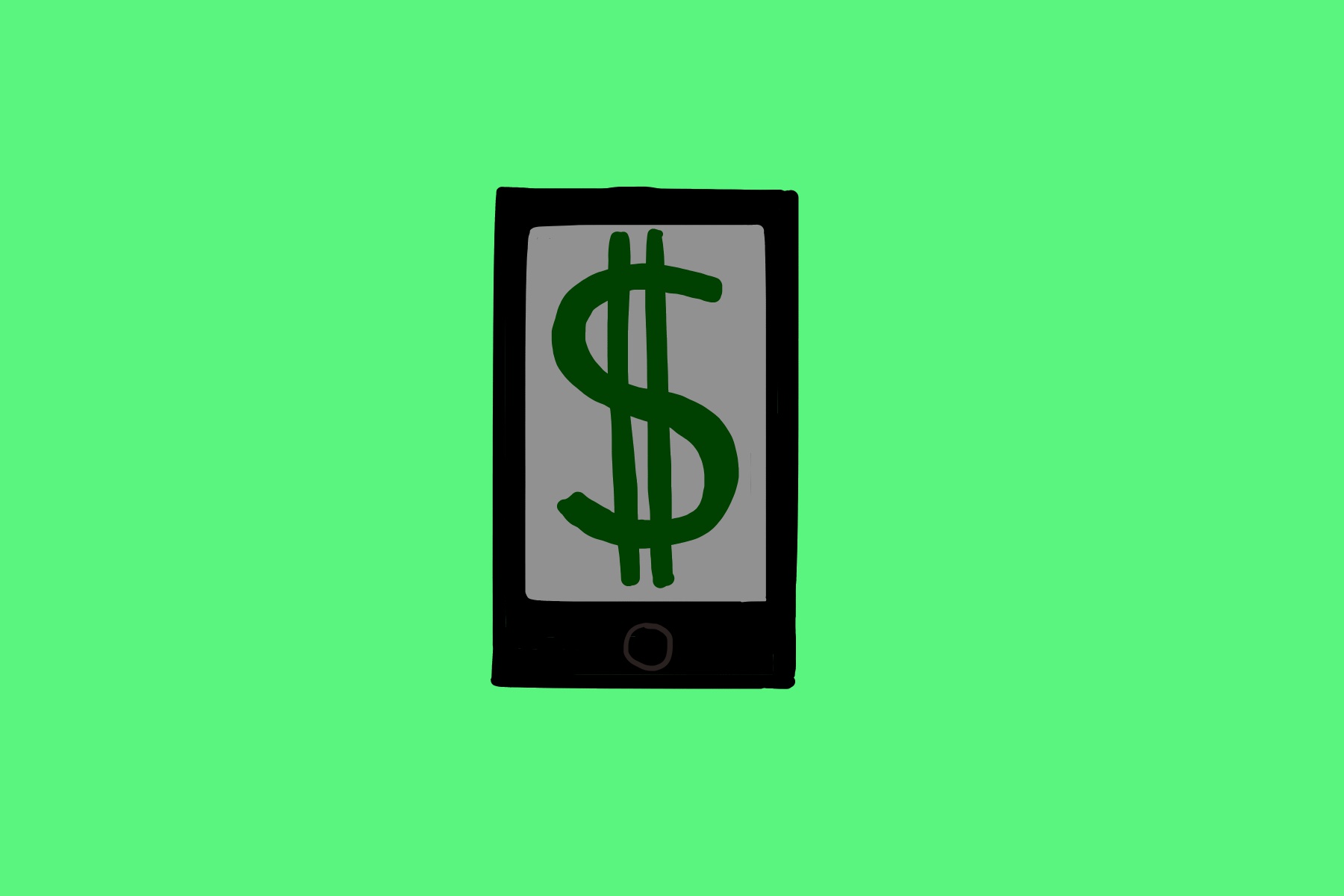If you are suffering from costly tuition and the impending doom of student debt, chances are you need a hands-off, semi-steady source of income. Investment apps may be the perfect solution for the struggling college student. With deceivingly low fees and the possibility of high returns, investment apps sound like a heavenly solution. But is it too good to be true?
Some of the most highly recommended investment apps are Acorns, Robinhood and Stash. Each has a unique set of attributes that appeal to any and every college student, from the most knowledgeable finance major to the most clueless theatre major. It sounds like an impossible dream. Are investing apps really effective?
Acorns
Acorns is one of the oldest and most popular small investment apps for the novice investor. This app employs a “round-up” system that rounds your purchases to the nearest dollar, investing your spare change in your portfolio. Without even realizing it, you can save (or even receive) a considerable amount of money.
Acorns makes it easy to make small, low-risk investments. Their minimum deposit is only $5, disproving the stigma that you have to have a large sum of money to invest. For accounts with a balance under $5,000, users pay a $1.25 monthly fee, but students with an .edu email can use the app for up to four years free of charge.
This investment app already sounds ideal for the broke college student, but the benefits don’t stop there. The Acorns app is easy to navigate and user-friendly, making investing simple for even the most clueless collegiate.
On top of all these amenities, Acorns allows you to choose the risk level of your portfolio, ranging from conservative to aggressive. Acorns can invest for your retirement; the app even adjusts your risk level as you near the age of 60.
Despite sounding like the ultimate investment app for college students, the app poses several drawbacks for those new to the world of personal finance. Because the standard monthly fee is $1.25, users who exclusively use the round-up system may find that their returns are not worth paying that fee.
There are additional problems for the avid investor. Acorns was not created with the intention of managing large accounts. Once an account reaches $5,000, the app automatically charges the user .25% of what they make. There are also limited options when it comes to taxable accounts, something that can become problematic for the long-term investor.
Robinhood
Robinhood is another investment app, but it is geared toward active investing and is known for fee-free trading. While Acorns focuses on building portfolios for its users, Robinhood allows its users to buy and trade the stocks of their choice. This is a great app for the wannabe day-trader, offering its users an intermediate investment experience.
If you are looking for an app that allows you to buy and sell intermediate stocks with no commissions and no minimum balance, Robinhood is for you. This is one of the only truly free investment apps, only charging users if they want to upgrade their account. This is due to their no-frills business model; the savings are passed on to their users.
Robinhood continues to impress both the more knowledgeable college student and those who are financially challenged. The app boasts a simple design that users can easily navigate. Users have access to a financially relevant news feed so they can easily keep up with the market. And don’t worry, Robinhood can also be used with cryptocurrency.
But Robinhood isn’t exactly an app for beginners. Because it follows a buy-and-sell strategy, in order to be profitable with Robinhood, you have to do a lot more research than you would with other investment apps (compare the best financial advisors in Dallas, who might be able to help you a little more with this kind of stuff). Robinhood also doesn’t offer trading tools, research, financial education or the wide range of investment options that are available with other apps.
Stash
Stash is the third most frequently recommended investment app. This app can turn even the most uneducated stockholder into a financial prodigy, offering its users resources and instructions on how to navigate the market.
Much like Acorns, Stash only charges users $1 a month, with their minimum deposit at $5. The account holder can choose to either manually deposit money onto the app or have a set amount transferred to the app monthly. With low-risk prices and automatic deposits, Stash is the perfect app for curious beginners. If you want to know more, simply read this Stash App review to get a full understanding of the application.
Stash has two unique features that distinguish it from other investment apps. Stash researches and categorizes investing opportunities for its users. Consumers can easily navigate portfolios that have the potential to align with social movements that they support. Stash allows users to invest in companies that support certain charities or efforts that the user is passionate about.
Just as Acorns has its drawbacks, so does Stash. The same problems that Acorns has with its monthly fees are present in Stash, but not to the same degree. Stash’s monthly fee is only $1 compared to Acorns’ $1.25, but this can still be a considerable percentage of the user’s profits. Conversely, once an account reaches over $5,000, the monthly fee takes .25% of what the user earns.
Stash also suffers from having limited account options with the ability to apply for only one kind of taxable account. Another major problem critics have found with the app is the material. Once a user learns the basics from Stash, they may find that the amount they can earn is limited.
It seems that while a student is still a beginner, small investment apps can be beneficial in many different ways. They can offer a small source of income for the user, something most college students are looking for, but the unexpected benefit of using these apps is a basic understanding of the stock market and the world of finance.
These apps have the potential to give college students something invaluable: the skills and knowledge of the innermost workings of personal finance. Students are able to take what they have learned and apply it to bigger investments later on in life. All in all, despite their drawbacks, investment apps are undoubtedly effective, in more ways than one.
















